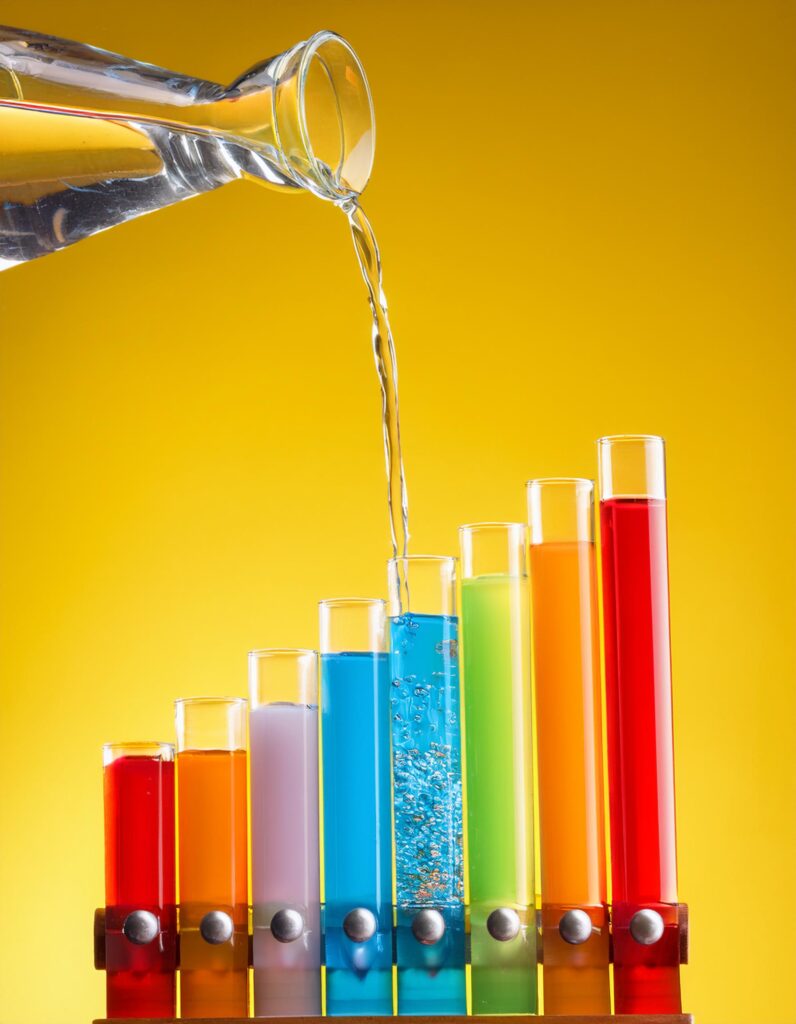Harmonious Hues: The Science of Sound in Water Xylophones
Introducing a splash of science to your home can be as simple and delightful as making music with water. The Water Xylophone experiment is a perfect symphony of fun and learning, ideal for those rainy days when young minds are eager for an indoor adventure. This experiment is not just about creating melodies; it’s a hands-on exploration of the principles of sound.
This melodious experiment delves into the branch of science known as acoustics, the study of sound. In this experiment, acoustics comes into play as children discover how the volume of water in each jar affects the pitch of the sound produced. Vibrations create sound waves that travel through the air to our ears. The amount of water in the jar determines the frequency of these vibrations; less water means faster vibrations and a higher pitch, while more water slows the vibrations, resulting in a lower pitch.
Now, let’s orchestrate this experiment with some alternative materials.
If you don’t have mason jars, any glass container will do—just ensure they’re all the same size for consistency. No wooden sticks? No problem! Spoons or pencils can be your conductor’s baton. And if food coloring is not at hand, try using natural dyes like beet juice or turmeric for an eco-friendly twist.
This experiment is tuned perfectly for children aged 4 and up. It’s a quick setup, taking about 10 minutes to prepare, with the concert of sounds unfolding instantly as each jar is tapped. The immediate auditory results will captivate young scientists and may even inspire a spontaneous water concert!
In conclusion, the Water Xylophone experiment is a harmonious blend of art and science, ideal for nurturing curiosity and understanding in young learners. It’s a testament to the beauty of science that lies in everyday objects and activities, waiting to be discovered and celebrated. So, gather your materials, and let the symphony of learning begin!

Water Xylophone
Ingredients
INSTRUCTIONS
-
Click here for the full experiment details. Checkout the main website: Little Bins for Little Hands
-
Get experimenting!
-
Feed your knowledge.
-
Come back for more recipes for science!
Note
Little quantity or units are mentioned because this experiment is quite flexible. Use whatever materials you have, but for the best results, try to maintain consistency. It’s helpful to use a set of glass pieces or similar items.







